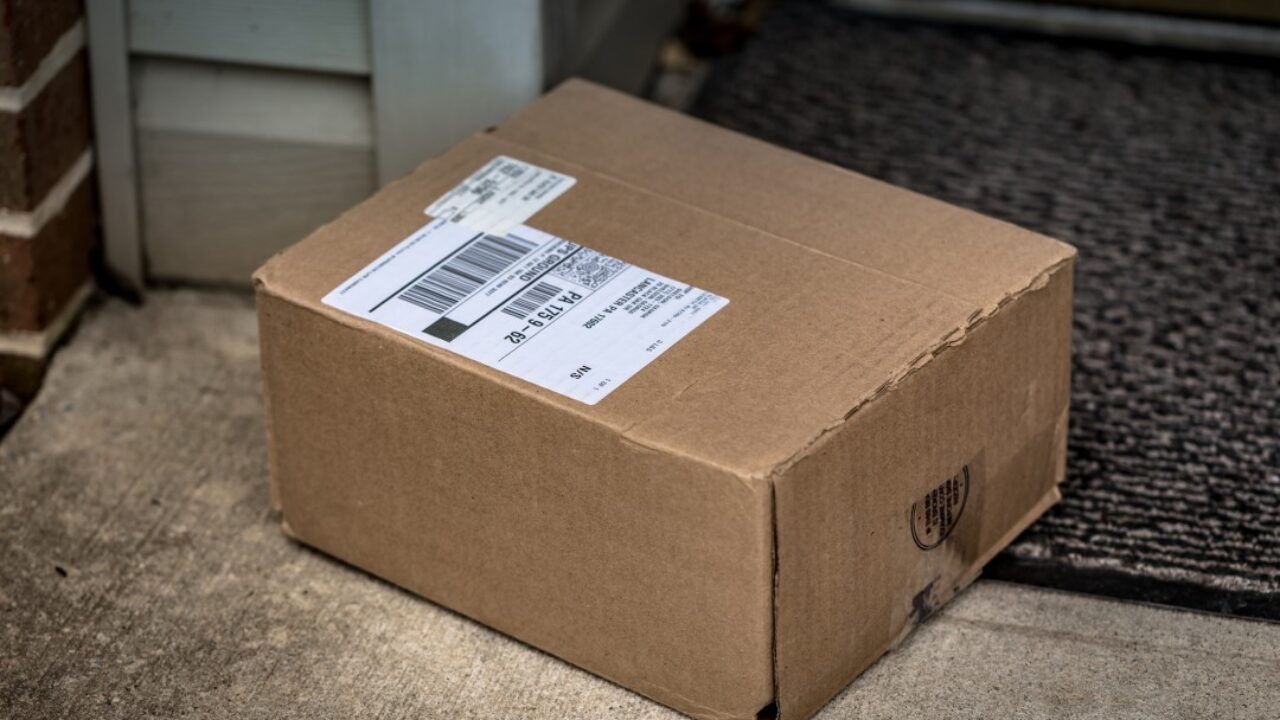
I’m Jay Kent, managing director of SLB Performance, a consulting firm that helps companies reduce supply chain costs, implement BI tools, and improve in-stock and customer service. After 25 years of leading some of the most complex supply chains in the industry, I began advising companies in multiple industries and verticals. It’s important to understand the market to mitigate costs and improve efficiencies. So, twice a month, I’ll share parcel news and thoughts. Be sure to hit the subscribe button to receive the latest newsletter in your LinkedIn notifications.
- Preparations for peak season are well underway as shippers lock in capacity and last-mile carriers publish various peak season surcharges. FedEx has noted in previous earnings that they were successful in passing along their surcharges during last year’s season. UPS also expects the same to hold true this year:
“As we look at the volume projections for peak, we’re expecting on our Peak day, which is December 18, has the highest volume ever in our network. Now when you have that kind of volume flowing to your network, you actually have to charge to service them well because you have to hire people and lease aircraft and delivery vehicles so on and so forth,” UPS Carol Tome told analysts on July 23.
- Perhaps, but then again, shippers now have more options and are diversifying their last-mile options. For example, DoorDash is expanding beyond food delivery and is adding a number of retailers such as Lowe’s Pet Supplies, Dollar General to its last-mile delivery service.
- Meanwhile, Amazon, which is targeting around 90% of the US population for its delivery service and is expanding further into rural areas with faster delivery times versus the USPS. Amazon is opening delivery centers that are smaller than its traditional warehouses to provide faster service and is using contracted drivers and small businesses to handle deliveries and store packages for customers to pick up as needed according to a recent WSJ article.
- Speaking of the USPS, as FedEx’s contract with the postal operator winds down, FedEx plans to reduce daytime domestic flying time by 60% and the number of city destinations by 55% when its air cargo contract expires on Sept. 29.
- But as FedEx Express’ US domestic network shrinks, its international capabilities are expanding. FedEx expanded its FedEx International Connect Plus service for e-commerce merchants in China, allowing them to reach the U.S. and Europe and capitalize on cross-border shipping growth.
- Lastly, keeping with the FedEx theme, another good WSJ article to share about its efforts to combine FedEx Express and FedEx Ground (Subscription may be required). I shared this yesterday and I’d like to share it again, a quote from Bruce Chan of Stifel:
“You’re taking freight from one facility to another. You’re taking people and moving them into different operating cultures with different management and processes,” said J. Bruce Chan, an analyst at Stifel. “There is a lot of room for operational missteps.”
Like I said yesterday, as a shipper, be mindful of those ‘missteps’, they could be costly for your business.
With that, that’s it for now. Comments are always welcome. Reach out if you’d like to learn how to lower or even possibly eliminate any parcel fees. Stay tuned for the next newsletter on Aug 21. Don’t forget to hit the subscribe button to ensure you receive it in your LinkedIn notices. In addition, if you like what you’re reading, sign up to receive additional insights and analysis via emails twice a month – DM me for more info.
-Jay